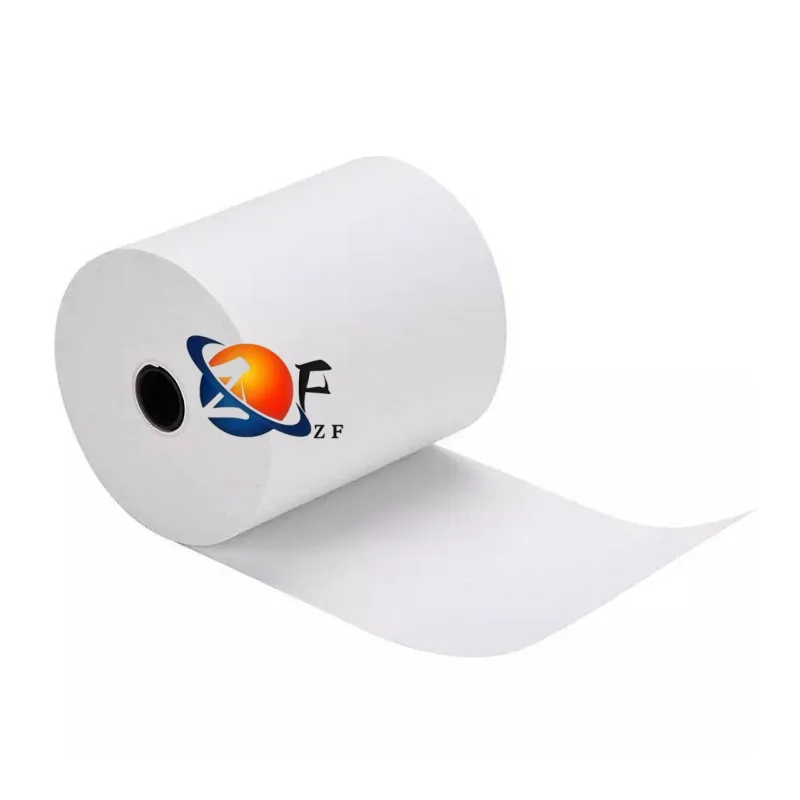Every type of paper uses moist air. But as we all know, thermal paper is unique since it is used for printing thermal receipts. Unlike regular paper, thermal paper has a unique coating which, when exposed to a heat source, forms an image. And, when thermal paper absorbs moisture, that coating will break down spasmodically.
To begin with, the paper will no longer print correctly. The receipts and labels will be faint, spotty, or completely blank in certain areas. Second, moisture will cause the paper to weaken. It will become more prone to wrinkling, and the printed items will be more likely to rub off when touched. For businesses that depend on thermal paper for things like logistics labels and medical records, this is a huge problem—critical information may be lost permanently.

It does not take a lot to organize thermal paper, however, to prevent absorbing moisture, a few simple things must be followed.
To start, choose a cool and dry area. Stay away from windows and places where water may be splashed. Stay away from windows where rain may splash in or places where humidity build-up occurs, as well as uncovered water sources like sinks and air conditioners that leak. A closed cabinet or a storage room with good ventilation works best.
Finally, how you seal the paper matters. If you don’t use the whole pack at once, seal the opening tightly after you take out what you need, using tape from the pack. Cover it with plastic wrap, or use anything else that will keep air and moisture out. Don’t keep the paper sitting out, even for a short time, and especially on humid days.
Don’t forget about the temperature! It helps if the storage area is kept at 15° and 25 °C. A warm environment will contain more moisture and cold air will cause condensation on the paper when you take it out. Either scenario is bad for the thermal coating.
Before Zhenfeng paper gets to storage, Zhenfeng ensures every batch goes through strict quality checks. Zhenfeng understands how important it is to start with quality thermal paper that is more moisture resistant.
From the start, Zhenfeng’s thermal coating provides more moisture resistance, meaning the paper can better accept small changes in humidity when compared to normal thermal paper. Also, Zhenfeng provides moisture-proof packaging for their thermal paper. Each pack contains a special layer that keeps dampness at bay, ensuring that the paper remains in optimal condition during shipping and storage, prior to use.
This attention to the quality at the source greatly alleviates the burden when it comes to storing Zhenfeng’s thermal paper. You still have to follow basic storage guidelines, but the paper will have a better chance of remaining dry and usable.
Even with optimal storing conditions, sometimes accidents occur. If the thermal paper does get damp, there is no need to get anxious but there is some action to take.
First of all, don’t attempt to print on damp thermal paper—it will damage both the printed copy and ruin the printer, the paper will be ruined as well. Instead, remove the damp paper from its pack and lay each medium in a single layer on a clean, dry surface. Be sure to separate the sheets to allow air circulation. Each gets a good dose of room air. They should be placed away from the sun and any heating devices so excessive heat will not cause damage.
Give the paper some time to dry. This can take a few hours, depending on how wet the paper is. After the paper is dry, check a sheet by doing a small test print to see if the paper is still usable. If the print is faint or smudged, it is better to throw that batch away, as it will only cause you problems down the road.
 Hot News
Hot News2025-07-31
2025-07-22
2025-07-09
2025-12-05
2025-12-03
2025-11-24